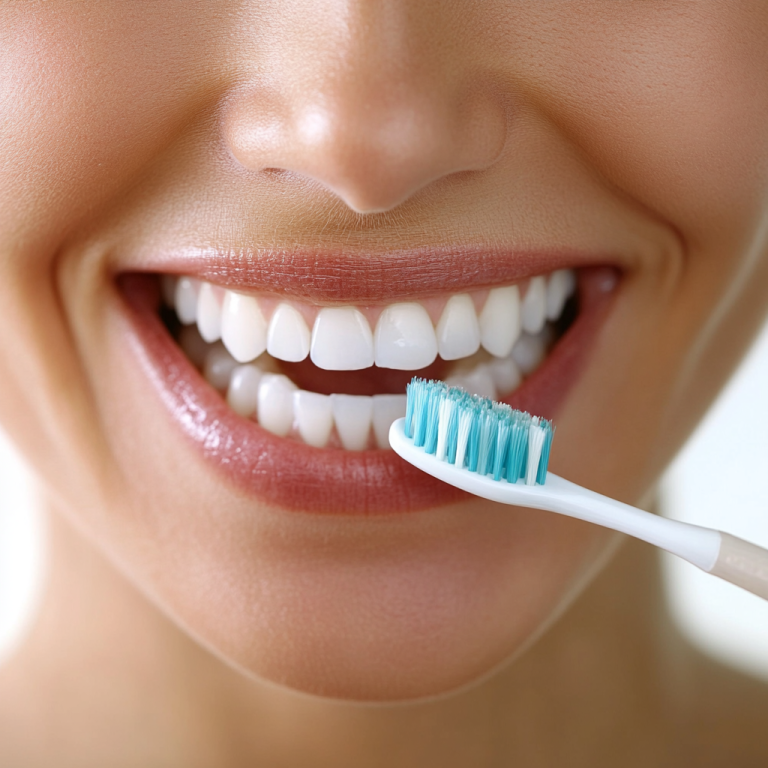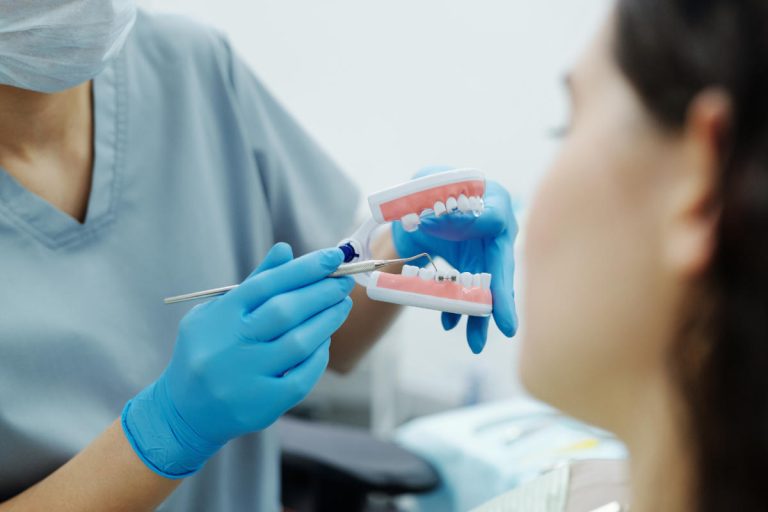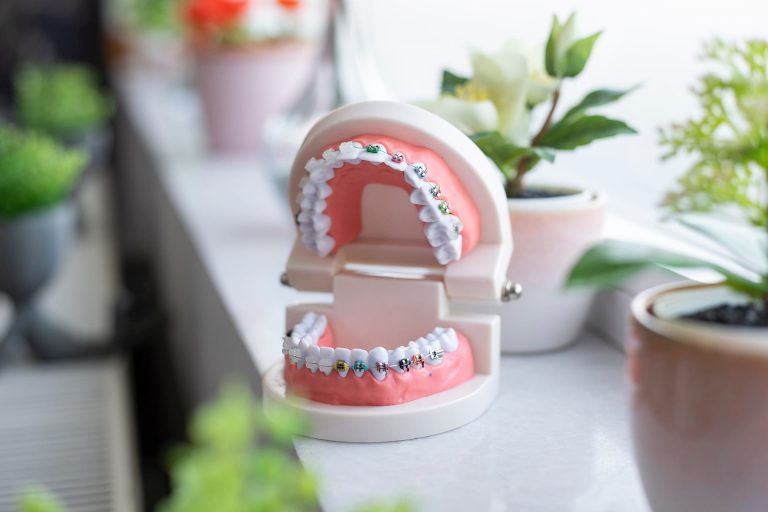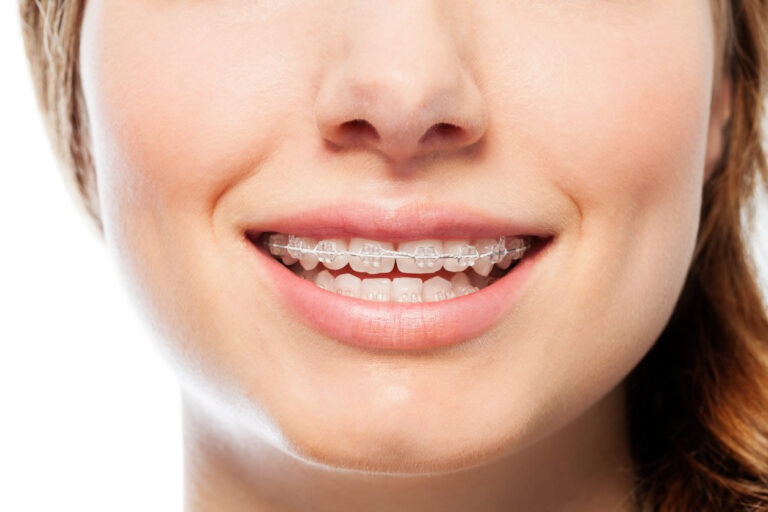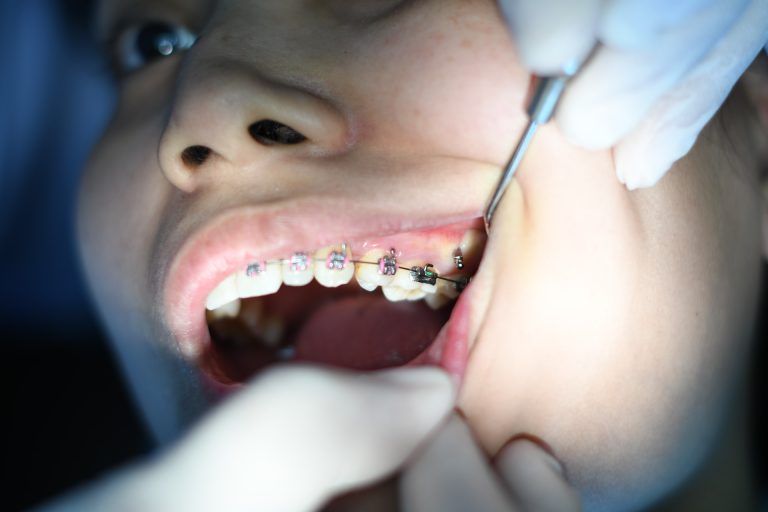It could be only one of several possible signs of gum disease.
If your gums bleed when you brush your teeth, it’s all too easy to ignore it as ‘just one of those things’. If it only happens once, you might be correct; you could have scraped a gum, for example. Even so, you should have it checked by a dentist, especially if the problem persists, to save things from getting worse.
Bleeding gums are just one of the many indications of gum disease, which might be underestimated in terms of the damage it can cause. It’s a common problem that can usually be fixed with better care, but if it’s neglected it can get worse, it can be very uncomfortable and unpleasant. It can also cause your teeth to become loose, or even fall out in some cases.
Bleeding Gums and Other Symptoms of Gum Diseases
Bleeding gums is one of the most well-known signs, but it is not the only one to keep an eye on. Other things to look out for include:
- Gum inflammation
- Sore gums
- Bad breath or halitosis
- Pus between your gums
- A receding gumline
- Having difficulty chewing
This is not a complete list, and numerous more symptoms may develop. If you have any doubts, please have your gums checked at our Paisley dental practice to be safe.
Silent symptoms
Although symptoms are typical with this disease, it can also develop without any of these visible signs. Even if this is the case, the same level of damage can occur, thus you must get a dental checkup and see the hygienist at Southside Dental Care every six months or so. This, together with proper home oral care, should be enough to keep the problem from worsening. Some people, such as smokers and diabetics, may be at a considerably higher risk of developing gum disease, requiring shorter intervals between consultations to better manage their oral hygiene.
Good Oral Care at Home
The core of good oral care is a mix of proper brushing and flossing. Naturally, what you eat can make a difference, and a tooth-friendly diet can help significantly. Reduce the quantity of sugar you consume, and drink enough water to avoid dehydration, as germs grow much faster in a dry mouth.
Your toothbrush should be no more than three months old and free of worn bristles, as this will reduce its effectiveness. If yours is looking ‘tatty’, it’s time to replace it. Flossing might be difficult for some people, but it is easy to do and once you have learnt how to do it correctly, it is an excellent technique to help maintain your gums health in just a few minutes every day.
Schedule an Appointment with our Dental Hygienist
Every six months, you should get your teeth professionally cleaned by a dental hygienist. This helps to eliminate the ‘tartar’, a hard crust that accumulates on the teeth and gum line. You cannot remove this by brushing at home; instead, a scale and polish will be required to remove the harmful bacteria and leave you with a visibly fresher mouth. You may also notice an improvement in the colour of your teeth because the treatment can remove some surface stains. For an extremely effective teeth whitening experience, however, you should contact one of our cosmetic dentists, who will be able to advise you on the best treatment course to take.
Gum disease is certainly manageable if you follow this advice. If you do not do so, early-stage gum disease (gingivitis) will likely progress to periodontitis. This targets the supporting bone and ligaments that keep the teeth in place and is far more difficult to cure, necessitating an intrusive operation known as root planing or a ‘deep clean’. If the treatment is unsuccessful, you might begin considering other alternatives for replacing missing teeth.
